How to Join Artificial Grass With Glue and Tape
June 16, 2023
October 23, 2019

Taking care of your garden may seem daunting, but there are plenty of plants and flowers which require minimal effort. You can grow them in flower beds, hanging baskets or large pots. Why not take a trip to your local garden centre and have a look for these easy plants for beginners?
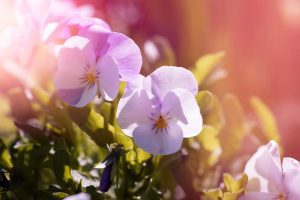
The history of the Pansy flower originates all the way back to the 4th Century B.C in Greece. These were recorded as a flower called Violas plants, where Wild Pansies have stemmed from. Interestingly, all Pansies are Violas but not all Violas are Pansies.
You should plant your pansies in late spring in a spot with full sunlight. Water the flowers once or twice per week, depending on the heat. Pansies flourish in moist, well-drained soil, and should be planted 15cm apart to allow room for the roots to grow.

Sunflowers are known for producing oil and seeds, as well as being a colourful addition to your garden. They are native to the Americas and it is the state flower of Kansas. The tallest sunflower on record was 30 feet tall, which is almost two times the height of a giraffe.
Plant your sunflowers from mid-April to May in direct sunlight. Water several times per week for your flowers to grow tall. Once they have grown a meter tall, add some supports to help the stalk. In autumn once the flower has died, you can dry out the seeds in a conservatory and save them for next spring.
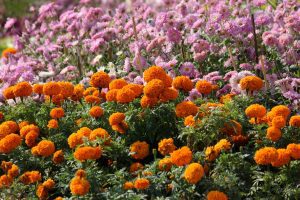
Marigolds originated in Mexico and are the flower of The Day of The Dead. It is believed that their vibrant colours and fragrance help to guide the spirits to their alters. They are also used in Diwali, the festival of lights, as a representation of new beginnings.
Plant the marigolds in spring for a colourful and bright garden throughout summer. Ensure they are in direct sunlight or dappled shade. The soil must be well-drained, as the flowers prefer a drier soil. Only water them once the topsoil is dry.

Peonies are native to Asia, Europe and Western North America, and are the flower used to celebrate 12th wedding anniversaries. They are commonly known as a symbol of good fortune and come in every colour – except for blue.
Peonies can be planted anytime between October and March. They flourish in full sunlight and the soil must be well-drained. Peonies are perennials which mean they come back every year – perfect for beginners.
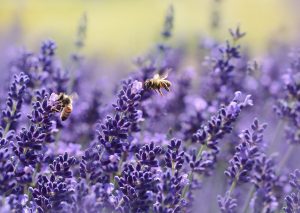
The name “lavender” originates from the Latin verb “lavare”, which means “to wash”. Lavender was an important part of bathing rituals in ancient Rome because of its antiseptic properties. It is believed that the ancient Egyptians used lavender as perfume.
Plant lavender in April or May in well-drained soil. Lavender thrives in full sunlight and the bright flowers will attract honey bees to your garden. It is an evergreen shrub which produces flowers between July and September. With proper care, it will survive for years to come.

The Snapdragon is named after its resemblance to the face of a dragon, which opens and closes when squeezed. They are native to Europe, the United States, and North Africa and come in a variety of different species and colours.
Plant your Snapdragon in April for a summer bloom. They love full sunlight and well-drained soil. Snapdragons are quite resilient and can bloom in cool spring temperatures if cared for.
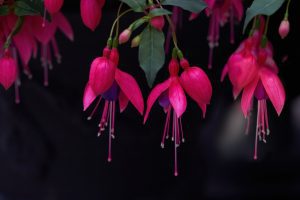
The Fuchsia originates from Chile, Argentina and Mexico and was named after famous German botanist Leonhart Fuchs. They are the favourite flower of hummingbirds due to their bright colour. The berries from fuchsia plants can be used to make jam, or can be sprinkled across salads.
Plant your Fuchsias in Spring in a spot with dappled shade. Ensure the soil is moist and well-drained – hanging planters are perfect as the soil can drain easily. In warmer countries, Fuchsias are perennials and will come back every year. However, in cooler climates such as Ireland, they are most likely planted annually for the Spring and Summer months.

Cosmos flowers originated in Mexico, and are named after the Greek word for “a balanced universe”. They belong to the same family as the Daisy, and the Chocolate Cosmos species smells like chocolate and vanilla.
Plant Cosmos in June or July in full sunlight. They need protection from the wind, so try to plant them against a fence or a wall. Water them regularly, but be cautious as over-watering can lead to fewer flowers. The plants are quite tolerant once they have been cultivated, with some species being perennials, meaning they will reappear every year.
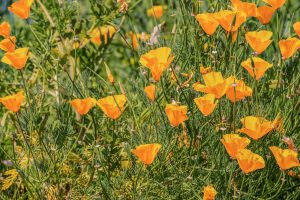
The Eschscholzia, or Californian Poppy, originates in the United States and Mexico. Not only are these flowers vibrant and beautiful, but they are also used in a variety of modern medicines.
The Californian Poppy should initially be planted in early Spring, however, they are self-propagating and will return every year. The poppies flourish in full sunlight in well-drained soil. Be aware that they may spread across your flower bed, as they blow easily in the wind.
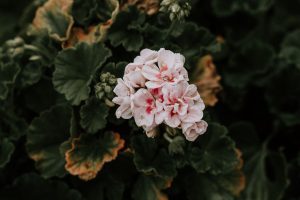
The Geranium flower falls under the Pelargonium genus, which includes around 200 species of flowers and shrubs. They are sometimes referred to as “Crane’s Bill” flowers, due to their long, elongated seed pods.
The Geranium should be planted once spring has begun, as they must be protected against frost and cold. They require 6-8 hours of sunlight per day, and flourish in moist, well-drained soil. Deadhead your flowers regularly to encourage new growth.
All of these plants are suitable for raised plant beds, which will not only look smart but can also aid with the drainage of the soil.
If you’re searching for a low maintenance garden, why not try and lay some artificial grass between your raised flower beds and transform your space today! If you’re not comfortable with laying this yourself, we can help! Get in touch with one of our trusted installers in your area today.
